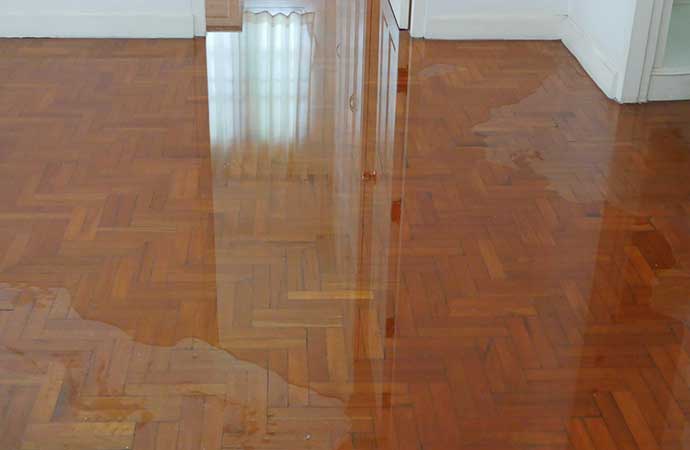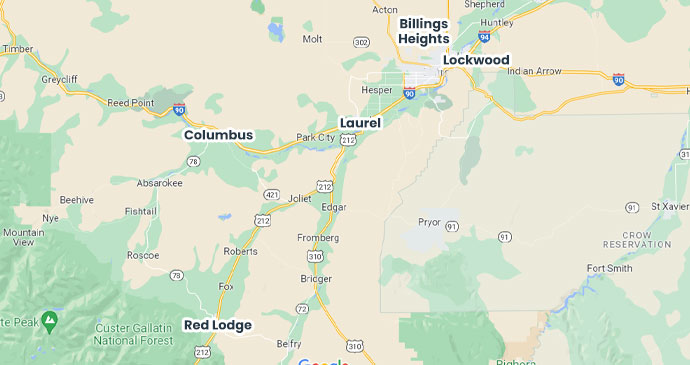"Luckily I have never needed to use a restoration company, but as someone who has worked closely with Alpha Omega, they have treated my clients very well, and have always been honest and very transparent. Although their whole team is very professional and punctual, Carissa and Sonya have been great to work with."
Understanding Types Of Water Damage
While you might think of water damage in the home as a side effect of storms or flooding, there’s any number of reasons you might find water damage in your home. From leaky plumbing to negative drainage to runoff from snowmelt, water damage can deal significant harm to your home and belongings if it goes untreated.
Depending on the scope of the damage, you may be able to fix the harm yourself, but how can you tell if water damage is serious enough to warrant seeking professional restoration? In this blog, we’ll go over the different types of water damage, as well as when it’s a better idea to seek help from professionals.
Assessing the Types of Water Damage: Clean, Grey, Black

Before even beginning the restoration process, gauging the scope of your water damage can help you decide whether it’s possible to take the DIY route or if it’s wiser to seek professional help. Water damage comes in three distinct categories, each of which describes the water quality of the leak in your home.
The safest category of water damage is clean water, in which the water leaking into the home is clear and otherwise uncontaminated. This might describe water leaking from supply pipes, bathtub overflow, or rainwater leaking in from your roof. Generally, clean water is safe for you to repair yourself in small amounts.
More risky is greywater, leakage that is no longer clean and likely contains contaminants of some type. Whether it’s used drainage from bathtubs and bathroom sinks or leakage from your washing machine, exercise caution if you choose to restore this category of water damage yourself.
Blackwater, on the other hand, is best left to the professionals. Unsanitary and often dangerous, blackwater may contain contaminants like dangerous bacteria or sewage. If your home is experiencing damage from blackwater, reach out to a professional restoration team at once.
What Water Damage is Safe for You to Repair?
Unless you’re experienced in repairing water damage yourself, the safest leaks to repair yourself will also be the smallest. The do-it-yourself approach works best for leaks consisting of clean water or small leaks of greywater. Should you decide to take on water damage yourself, remember to be thorough.
Begin by determining where the water is coming from and how bad the damage is before beginning. Also, try to document the extent of the damage as best as possible so that you have references if you decide to file an insurance claim. Use protective gear when patching the leak and restoring any piping or drywall that might have been damaged, and don’t begin repairs until the leak itself has been dealt with.
When to Seek Professional Water Damage Restoration Help in Montana
However bad the damage might be, it’s always safer to call on professionals to repair water damage in your home, especially if you don’t have experience with repair work. Many leaks are dangerous to handle yourself — such as those consisting of blackwater or those that have caused significant structural damage — or come hand-in-hand with other problems such as mold damage.
Professional teams are well-equipped to deal with mold or bacterial infestation, eliminating the biohazard before it can do further harm. A team of professionals will also work fast, covering larger areas of damage more efficiently than if you were to try to do it yourself, ultimately saving you time and money. Professional water damage restoration contractors have the right tools and know-how to patch up even severe damage in your home.
If your home has water damage, consider reaching out to Alpha Omega Disaster Restoration for repairs. Offering around-the-clock support all year long, our team of dedicated professionals is ready to help you bring your home back to its peak condition. Operating out of south-central Montana, we provide restoration services to Billinngs, Billings West End, Billings Heights, Laurel, Red Lodge. So reach out to us today, and let us know what we can do for you.













